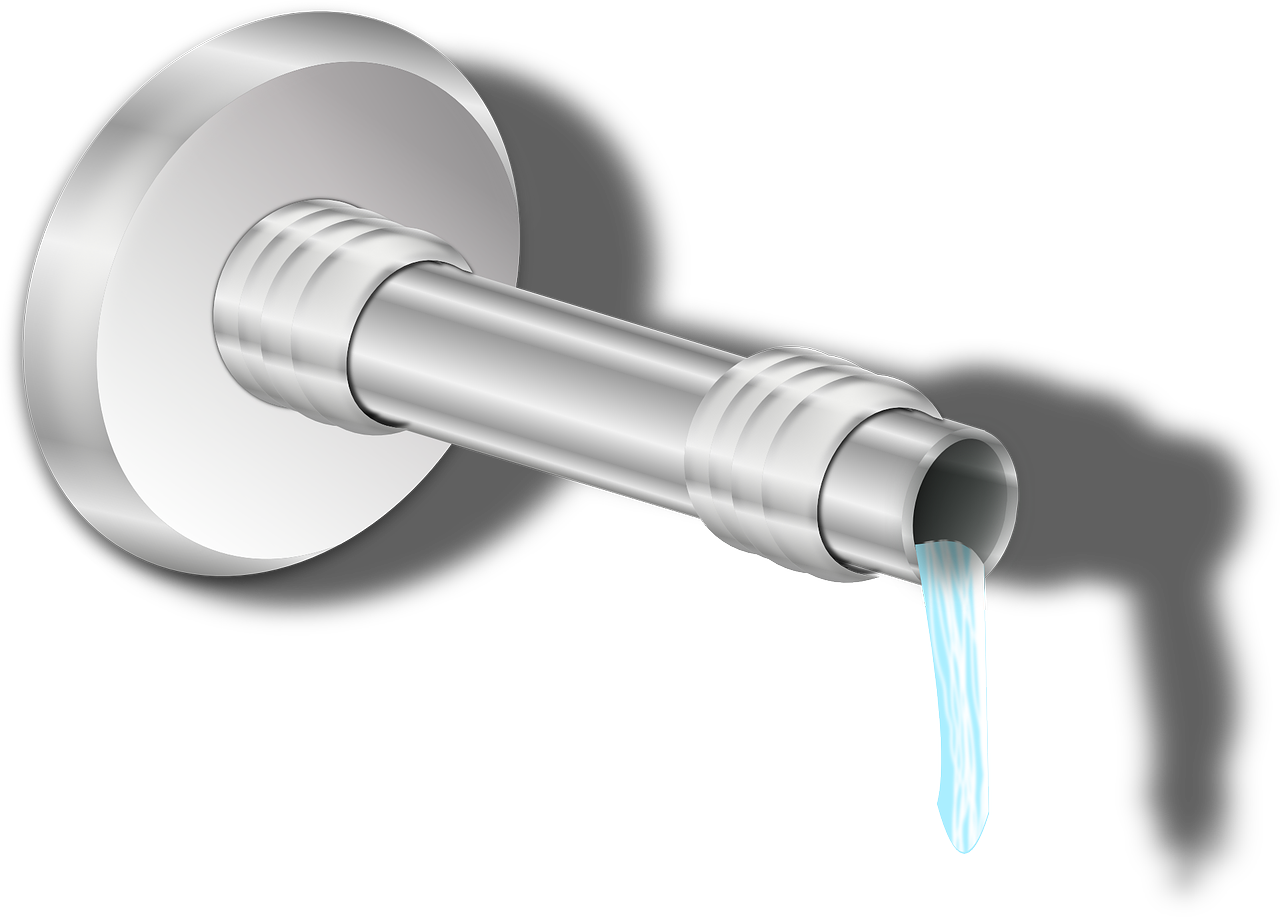Can You Reline CIPP Pipes Multiple Times?

Most businesses don’t want to find a fix that will work today. They don’t even want a fix that will work today and tomorrow. For a business, the best solution to a problem is one that will provide a precedent and accepted procedure. If your business is looking into using cured in place pipes to rehabilitate your pipes, you may be looking at the big picture. Cured in place will work today, but can you reline CIPP down the road? Will CIPP become standard procedure for your business?
CIPP can be used on almost any host pipe
For the short answer, yes, you could place a new cured in place pipe inside an older cured in place pipe, thus allowing you to reline CIPP. Among the two most common kinds of cured in place pipe technology (polyester and epoxy), a lot of host pipes are covered. You can use CIPP in practically any host pipe, including itself. If you absolutely had to, you could reline CIPP.
CIPP’s longevity
Just because you can do something doesn’t mean that you should have to. CIPP is built to last. Most CIPP installations have a bankable life of thirty years or more. This puts a major overhaul comfortably out of range. Most businesses like to have an overall business plan, but planning more than thirty years down the road seems like a stretch. By the time your CIPP needs to be replaced, we could all be living on Mars—or, realistically, you may have changed facilities.
If you find that you need to replace your CIPP much sooner than you should, you should consider the way you maintain your pipes. CIPP will only last if it’s taken care of properly—the same as anything else. Take a look at what you’re pouring into your pipes and how you deal with blockages. CIPP shouldn’t be cleaned by scraping or scratching the interior of the pipe. If your business makes it impossible to care for CIPP properly, then just going for relined CIPP isn’t going to help the true problem.
Flow constriction is a factor
One final factor in whether or not you can/should reline CIPP is the water constriction factor. Every relined pipe is slightly smaller than the host pipe. This should go without saying; everything that fits inside of something else has to be smaller. Most of the time, the difference between the host pipe and the cured in place liner is insignificant. The constriction doesn’t interrupt the flow of water. If you reline CIPP, eventually you’ll get to a point where constriction matters. That could be five or six liners (or more) down the road, however. Again—we could all be living on Mars, or that facility is someone else’s problem now.
You can reline CIPP if you must. However, if you’re taking care of your pipes and CIPP is a good fit for your business’s needs, you probably won’t have to. CIPP lasts a long time. By the time you have to replace it, you might not need that system anymore.